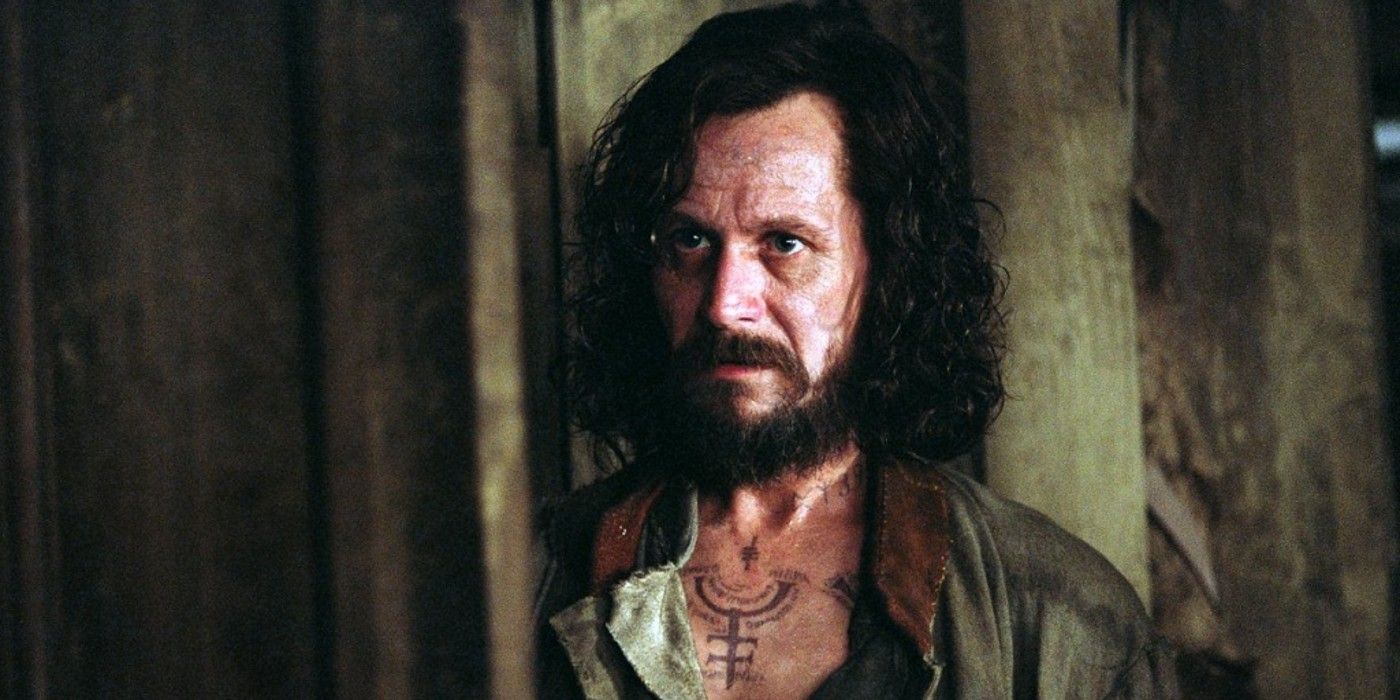Harry Potter and the Prisoner of Azkaban director Alfonso Cuarón explains the film’s different depiction of Hogwarts. Released in 2004, the third film in the hit Harry Potter franchise sees Daniel Radcliffe’s Harry return to Hogwarts School of Witchcraft and Wizardry to continue his education, this time while the school deals with the escape of notorious criminal Sirius Black (Gary Oldman). The movie, which was a critical and commercial success, features a noticeably different visual style to its two predecessors, including a big evolution for Hogwarts.
In a recent interview with Total Film (via GamesRadar), Cuarón discusses the change in approach to Hogwarts that he takes with Harry Potter and the Prisoner of Azkaban. One of the big changes involves more on-location shooting for various sequences in the film, with many of the backdrops for Hogwarts being filmed in Scotland. Cuarón was also interested in making Hogwarts make more sense geographically in terms of where various locations were in relation to each other. Check out his comments below:
“I can’t do anything unless I have the freedom to do what I do. I wanted to stretch things. Open up the universe. To feel that Hogwarts is set in a geographical place, where you can have nature around your universe, and to make your universe one with that nature. And to create a geographic logic to Hogwarts.
“You know, the Great Hall is here, and then the stairs are next to the Great Hall, and if you take the stairs you go to the bedrooms… If you go to the Clock Tower, the hospital is a corridor away, and you can see the courtyard, and from there you see the bridge… and below that is Hagrid’s hut, and the Whomping Willow on the other side, then the forest…”
Harry Potter & The Prisoner Of Azkaban Changes The Franchise For The Better
How The Third Film’s Influence Lived On










While the first two movies in the franchise were filled with a sense of childlike wonder and whimsy, Harry Potter and the Prisoner of Azkaban takes the franchise in a darker direction. As characters like Harry, Ron (Rupert Grint), and Hermione enter their teen years, the world around is portrayed as a much more grown-up place. The danger in the third film feels real and there are sequences that have distinct aspects of horror to them, including the Harry Potter and the Prisoner of Azkaban ending.
The central franchise villain, Voldemort (Ralph Fiennes), isn’t featured in Harry Potter and the Prisoner of Azkaban, but the new direction that the film takes the franchise in allows him to be presented in a much darker fashion in future films. Cuarón doesn’t return for any subsequent installments in the franchise and his film remains something of an outlier visually and in terms of its storytelling and tone. But Harry Potter and the Prisoner of Azkaban‘s influence carries on and essentially charts the course forward for the entire series.
Hogwarts’ appearance and layout continues to evolve over the course of the franchise, but some of Cuarón’s design and geography decisions live on. The location of Hagrid’s (Robbie Coltrane) cabin in relation to Hogwarts, for example, remains relatively unchanged, as does the castle’s more gothic architecture and the inclusion of a rickety wooden bridge across a gorge. While other directors would eventually come in and put their own stamp on the franchise, Cuarón certainly made a big impression with Harry Potter and the Prisoner of Azkaban.

